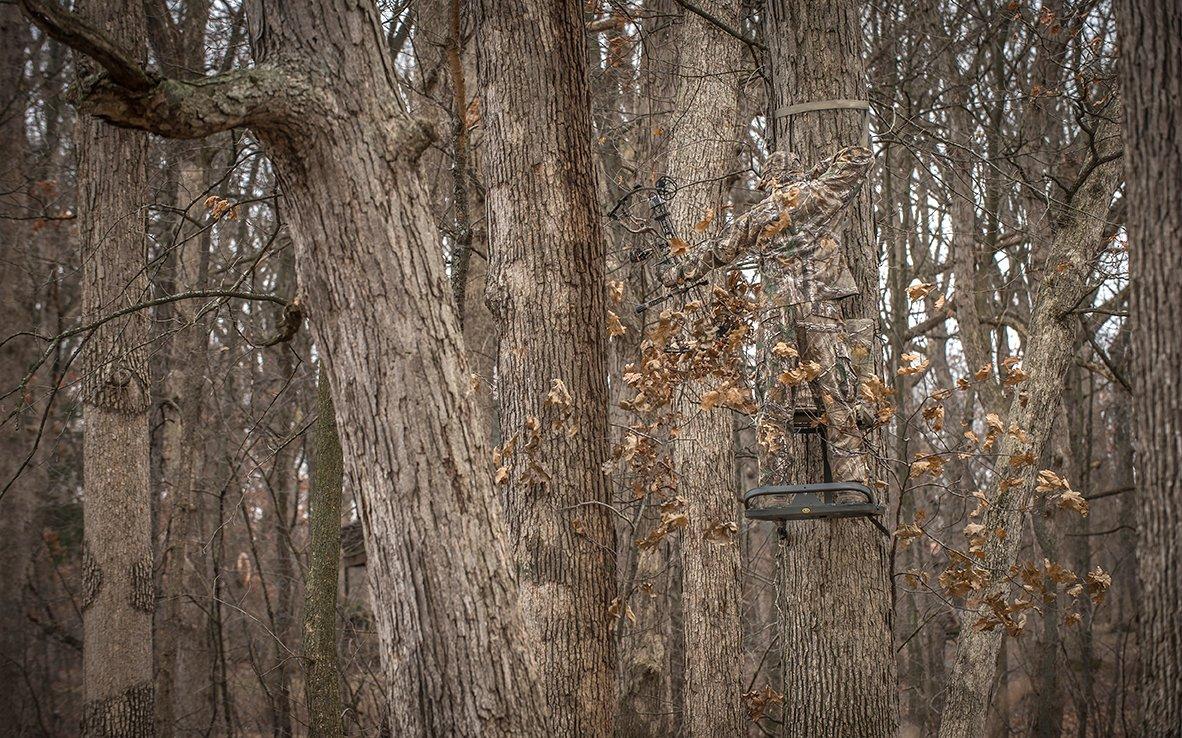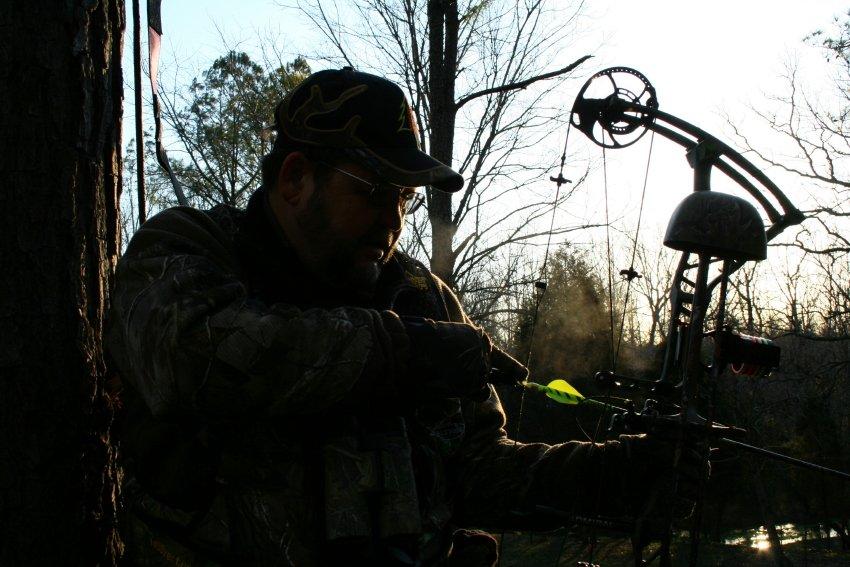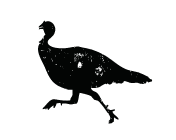Have You Ever Experienced Buck Fever?

Buck fever is part of every shot at big game but is especially problematic while bowhunting. Shooting a bow well under pressure becomes easier with experience but can prove a difficult place to get to. The key is systematically desensitizing yourself while also gaining confidence through experience.
When you're getting started, it might seem impossible to keep it together under pressure. This is why it's important to distract yourself through mind games to assure your brain is functioning normally during high-pressure shots. The biggest problem with stress is time seems to race past when nothing has changed at all. Talking to yourself silently better enables you to maintain a realistic time clock.
This can be as easy as slowly counting backward or running through the alphabet, concentrating on an even and slow meter. You already know how to shoot your bow from hours of tedious repetition, you just need to slow your thoughts down and allow the shot to happen.

This is one reason I consider summer 3D target shooting, as well as year-round small-game hunting (where legal), an important part of becoming a better-rounded bowhunter, experiences not on par with big-game hunting experiences, but experiences all the same. It's also why I love off-season game, such as wild hogs or spring turkey; big-deal bowhunting experiences that keep me mentally sharp for deer and elk when fall arrives.
Make a contest of competing against friends while shooting backyard 3D targets, introducing an element of anxiety by betting a nickel or quarter a shot. When alone, pretend 3D targets are the real thing, stalking them and imagining an actual bowhunting encounter during the shot. In regards to small game, a rabbit or woodchuck isn't as exciting as deer, but you still owe that animal a quick, clean death, adding to the stress of a shot.
As a beginner, don't get too caught up in trophy fever. Take a few does, or smaller management bucks. Approached in this manner, you'll be more than ready -- through real-world experiences -- when that big buck arrives beneath your stand. You'll be well on your way to becoming a more deadly bowhunting shot.
Don't Miss: 20 Deer Hunting Lies Your Granddaddy Told You
Editor's Note: This was originally published on July 8, 2012.
Are you a bowhunter wanting to learn how to accomplish your goals? Check out our stories, videos and hard-hitting how-to's on bowhunting.






































